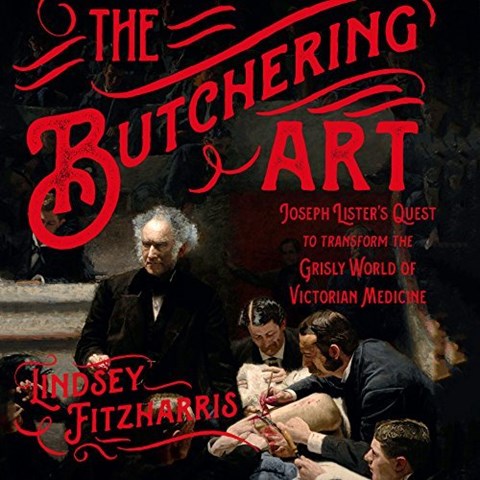

“As it turned out, the two decades immediately following the popularization of anesthesia saw surgical outcomes worsen. The Butchering Art: Joseph Lister's Quest to Transform the Grisly World of Victorian Medicine It is the only surgery in history said to have had a 300 percent fatality rate.”

Both the assistant and the patient died later of gangrene, and the unfortunate bystander expired on the spot from fright.

His most famous (and possibly apocryphal) mishap involved an operation during which he worked so rapidly that he took off three of his assistant’s fingers and, while switching blades, slashed a spectator’s coat. Once, he accidentally sliced off a patient’s testicle along with the leg he was amputating. Liston’s speed was both a gift and a curse.

Liston could remove a leg in less than thirty seconds, and in order to keep both hands free, he often clasped the bloody knife between his teeth while working. This was a feat that required immense strength and dexterity, given that patients often struggled against the fear and agony of the surgeon’s assault. (Oct.“It was said of Liston by his colleagues that when he amputated, “the gleam of his knife was followed so instantaneously by the sound of sawing as to make the two actions appear almost simultaneous.” His left arm was reportedly so strong that he could use it as a tourniquet, while he wielded the knife in his right hand. “As he neared the end of his life, Lister expressed the desire that if his story was ever told, it would be done through his scientific achievements alone,” Fitzharris notes, respecting his wish and fulfilling it in the context of a remarkable life and time. She infuses her thoughtful and finely crafted examination of this revolution with the same sense of wonder and compassion Lister himself brought to his patients, colleagues, and students. “Lister’s methods transformed surgery from a butchering art to a modern science, one where newly tried and tested methodologies trumped hackneyed practices,” Fitzharris writes. The medical community resisted Lister’s procedures, but his successful treatment of Queen Victoria boosted his reputation and techniques-winning converts first in Scotland, then America, and finally London. Lister, whose Quaker father introduced him to the wonders of the microscope, became an evangelist for the germ theory of disease and the sterilization of both surgical instruments and doctors’ hands. This was a radical approach inspired by French microbiologist and chemist Louis Pasteur’s discovery of bacteria. British science writer Fitzharris slices into medical history with this excellent biography of Joseph Lister, the 19th-century “hero of surgery.” Lister championed the destruction of microorganisms in surgical wounds, thus preventing deadly postoperative infections.


 0 kommentar(er)
0 kommentar(er)
